Loose Leash Walking a Dog 101
Loose-leash walking a dog, or “slack-leash walking,” as it has been called in the past, is one of the most important ways to create a rapport with your dog. It is the mold within which the best training occurs.
Whenever I meet new dogs that need training, I walk them. That dog and I start a meaningful conversation immediately.
Whenever people ask me to help them with extra stubborn dogs or ones that are aggressive to other dogs–and sometimes even people–I walk them. That walk is a conversation conducted in a supportive, non-confrontational way. It’s cooperative.
Within twenty minutes, the owners invariably remark that there’s a visible difference in behavior. I do this without aversive corrections, without pinch or choke collars, and even without treats.
How? It’s all in the walk!
It’s all contained in the way that we walk them, the ways that we communicate our expectations, and the way that we provide feedback.
Look: training is not a buffet where you can browse the selections and pick what you want: “Let’s see…I’ll take a sit, a stay, and a come. Awww hell, gimme a rollover too.” Everything is connected like a colossal web. Working on things in one section of the web creates change in a different part. In my opinion, loose-leash walking is the hub of this whole web. It is the linchpin to solid training and binds the whole thing together.
There are the obvious health benefits, of course: loose leash walking provides exercise and mental stimuli and alleviates boredom. It’s a low-impact, cardiovascular exercise for both you and the dog. A new study has shown significant health benefits of dog walking, including lower blood pressure, a trimmer waistline, and fewer chronic conditions.
These are great! These reasons alone should be good enough, but that’s not what I’m getting at here. Loose Leash Walking establishes a dog/handler relationship faster and more earnestly than almost anything else. It sets a vibe, a state of mind—a precedent for everything.
Walking a dog doesn’t have to be an epic odyssey all over the map every time. Around the block or down a long driveway and back is a beginning. Even walking around the backyard or walking a puppy to his or her potty spot is an opportunity to practice and establish that vibe.
Here are the most important components to the formula: 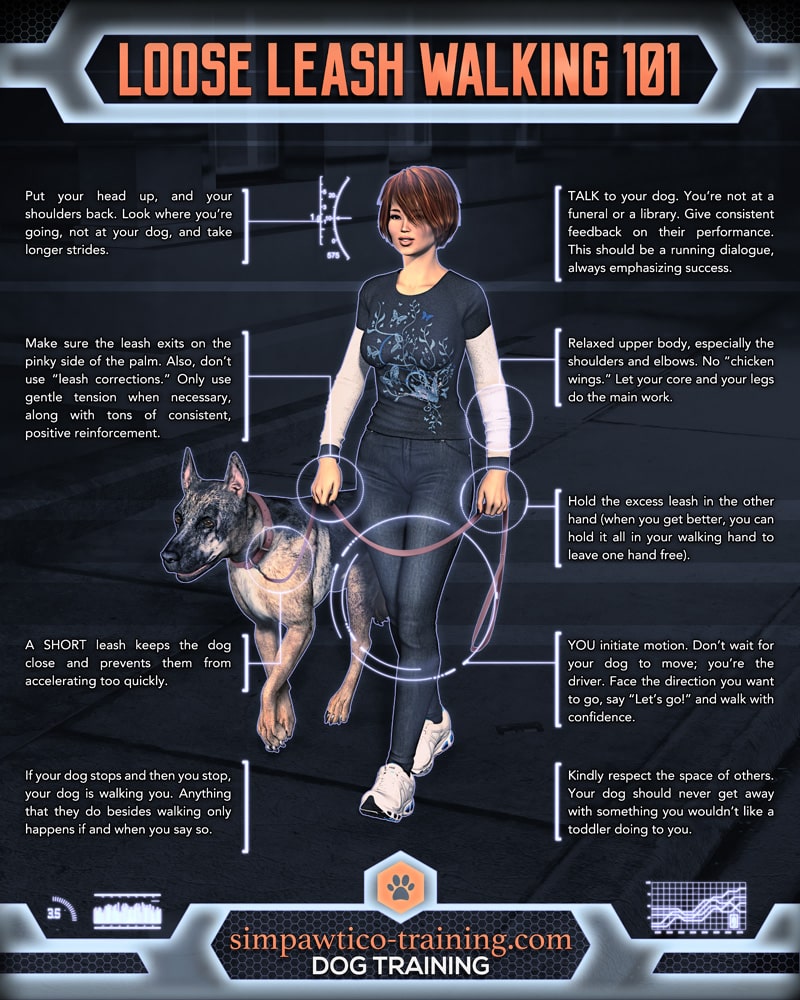
Put your head up and your shoulders back, take longer strides.
Imagine that you’re just walking to the end of a driveway without the dog. What does that look like? What does that feel like? Try to change that model as little as possible when you’re holding a leash. The mechanics of how your body moves communicate “we’re walking.” You tend to take smaller steps, hunch, and move more tentatively when you look down. That doesn’t say “walk” to your dog.
Ensure the leash exits on the palm’s pinky side, facing downwards.
Again, you want to be as natural as possible. How often do you walk around with your palm facing up for no reason? People always use this “underhand” grip where the leash exits under their thumb with their palm up. You don’t walk like this normally! That takes away a lot of dexterity and strength. Turn that over and align your joints the way they were designed.
In fact, I expand on this concept and how to effectively execute other leash-handling strategies in the Leashmaster Vol. 1 post!
Don’t use “leash corrections.” Only use gentle tension when necessary, along with tons of consistent, positive reinforcement.
I do not advocate “leash pops” or other kinds of corrections. The leash is a sensitive communication tool. You only need gentle but firm tension when your dog does it wrong. Even a small jerk can exert tremendous force on sensitive parts, and if you’re using a harness that hooks on the back, well, then it’s not even going to have the effect you think it will. STOP DOING IT. Remember, gentle but firm tension.
- Tension = something’s not right.
- Slack = we’re all good.
Your leash is for safety and communication. If you must use the leash to coerce the dog to do what you want, you need to revisit some basic behaviors (like offered attention and off-leash following).
A short leash keeps the dog close and prevents them from accelerating too quickly.
The biggest problem with walking I see, is that we often give our dogs way too much length. Not only does this increase the area you have to manage, but it gives the dog a chance to accelerate. Dogs can accelerate like a drag racer, and if you give them even a couple of extra feet, they can already be going tremendously fast. Most leashes are four to six feet; retractables are 15′ to 20′. What do you think happens when that speeding mass hits the end?
Nip that right in the bud: KEEP IT SHORT.
Length on the leash is an earned privilege. Your dog earns it by orbiting about you and demonstrating confidence and control. Giving length to your dog when they haven’t mastered that part of the relationship is just implicit permission to wander and act up.
If your dog stops, and then you stop, your dog is walking you.
Anything that they do besides walking only happens if and when you say so.
This is related to the last point. Sometimes it’s ok for the dog to sniff around, to do some “snoopin’ and poopin'” as my Dad used to call it. But here’s the key: that happens when you allow it! Stop, have a seat on a bench, or chat with a friend, or enjoy the scenery, and give your dog a neutral release word. Let them have some freedom. However, when it’s time to go, that leash shortens up, and you guys jam. No messing around. You’re a unit, and you’re in motion.
Also, don’t turn around if your dog hits the brakes. All you’re doing is validating that behavior. Face the direction you want to go, apply gentle but consistent tension to the leash, and WAIT. When the dog begins forward motion again, give them great feedback and hit the gas.
TALK to your dog.
You’re not at a funeral or a library. Give your dog meaningful feedback on their behavior. You should have a running dialogue communicating when they get it right, when they get it wrong, and how well they’re doing.
This is one I have to coach people a lot on. When your dog is doing it right, SAY SO. Whatever your pool of verbal marks contains, pull from it. Recognize good walking. If you’re using a clicker, use it to mark as well. If you’re using treats, learn how to give them in motion. And when your dog messes up, help them out! Couple that with your leash tension control (don’t pop it–practice easy-on and easy-off, gentle tension). Give feedback immediately when it starts going right.
Relaxed upper body, especially the shoulders and elbows; No “chicken wings.”
Let your core and your legs do the main work.
I believe this is one of the most pervasive things I see. Folks use their arms and weird cantilevering of their shoulders to keep the dog under control. Guys! This is going to WEAR YOU OUT! You’ll feel it in your shoulders, lower back, hips, and whole arm because, again, you’re using all of these pieces awkwardly.
I’m not saying you shouldn’t ever use your arms; watch that you’re not keeping it that way as a safety net. I see folks walking with their arms frozen in awkward 90º angles. Stop that! Relax! Remember our analogy of walking as naturally as possible. Keep the leash short, and unbend that elbow. Release the tension you’re holding in your shoulders and arms.
If your dog pulls or drags, the arm goes with the leash, and you let your body do the work. Your legs are way stronger than your arms! Just like they say, “Lift with your legs, not your back,” the same principle applies here.
Hold the excess leash in the other hand.
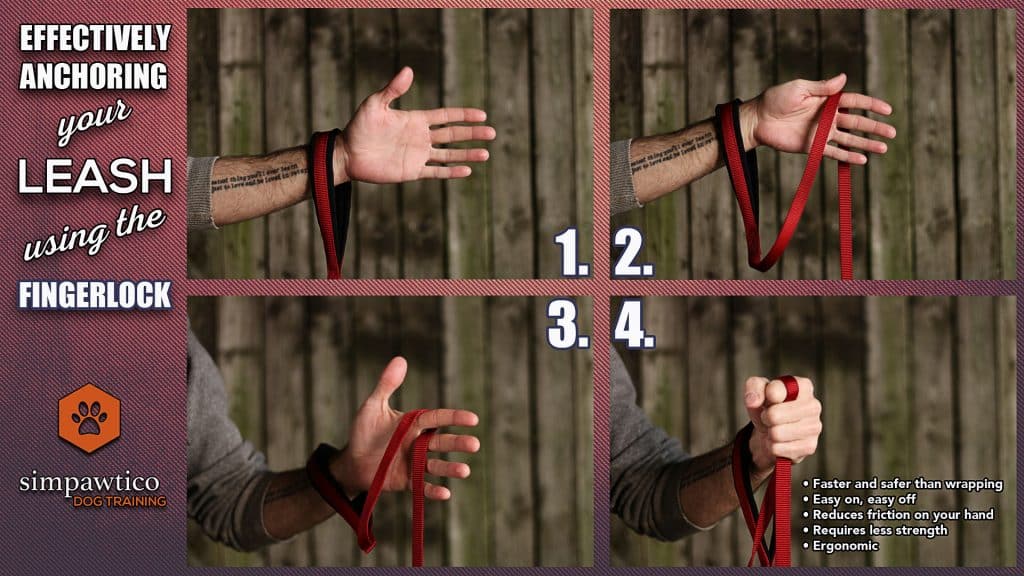
EDIT: we’ve actually updated this configuration in the Leashmaster Vol. 1 post.
When you get better, you can hold it all in your walking hand to leave one hand free to open doors, hold a water bottle, hold hands with your S.O., etc. In the beginning, though, the second hand is an anchor for safety. Loop it as shown in the graphic for a solid, safe, and comfortable anchor. If you’re a dog walker or your dog is a puller, this is an excellent way to be safe and secure.
Kindly respect the space of others. Your dog should never get away with something you wouldn’t like a toddler doing to you.
This one’s a tender spot for me. Most problems during a walk happen because of carelessness. I see people too wrapped up in phone conversations, fiddling with wallets and purses at registers in dog-friendly stores, chatting with people, and not paying attention to their surroundings. As dog owners, we need to pay attention. You wouldn’t believe some of the mischief I’ve seen a dog get into because someone was digging through a purse, didn’t lock the retractable, didn’t watch, and the dog was ten or fifteen feet around a corner getting into trouble. Folks, let’s do better.
If your dog is resistant, redirect. Walk in a circle, change direction suddenly, and ask for something else that the dog already does well. The point is you have to send a signal that says, “Sweetheart, one way or the other, we’re doing this my way…let me know when you’re ready.” (Note: this is an “enforceable statement”).
I realize this is an oversimplified outline, and there will always be a million and one situations that fall outside the list and require you to dig deeper into the bag of tricks. I haven’t, for example, addressed a strong puller. Nonetheless, these principles remain the same overall. I’ve trained the handicapped how to walk a dog with motorized scooters, electric wheelchairs, walkers, canes, the whole nine yards.
I’ve helped young couples, teenagers, elderly spinsters, runners, paraplegics, black, white, Latino, Asian…people who wanted their dogs trained in German, in French, in Spanish…you name it. All of the strategies listed above still apply, just in new variations. The foundation remains the same.
Now it’s Your Turn!
Get out there and walk! Even a little bit every day, even just a short distance…even from one end of the house to the other regularly makes a big difference that you’ll start to see right away. Lots of folks “walk their dog” but few of them do it in such a way that it’s a productive learning experience. There’s no substitute for learning in person with a coach. Find yourself a trainer in your area that practices positive reinforcement and ask for Loose Leash Walking. Also, feel free to ask me questions in the comments below.
WALK ON! You’ll be on your way to a happier, healthier relationship all around.
Let me know how it goes, and pass this info on to anyone you think might benefit. And if you have any more tips or stories to share, let’s connect in the comments below.


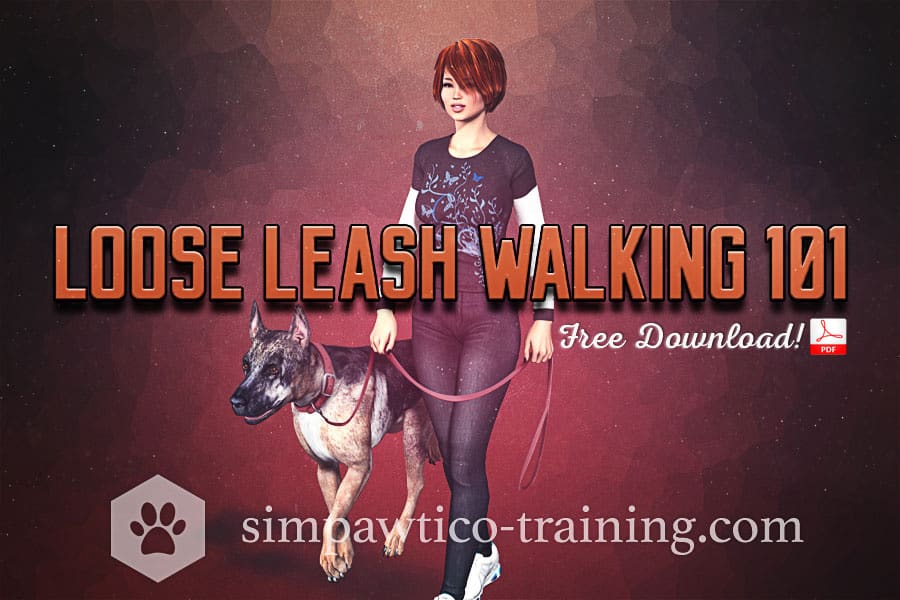
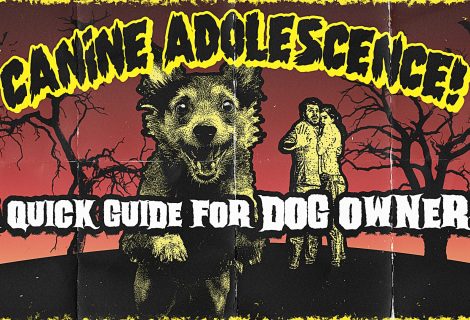


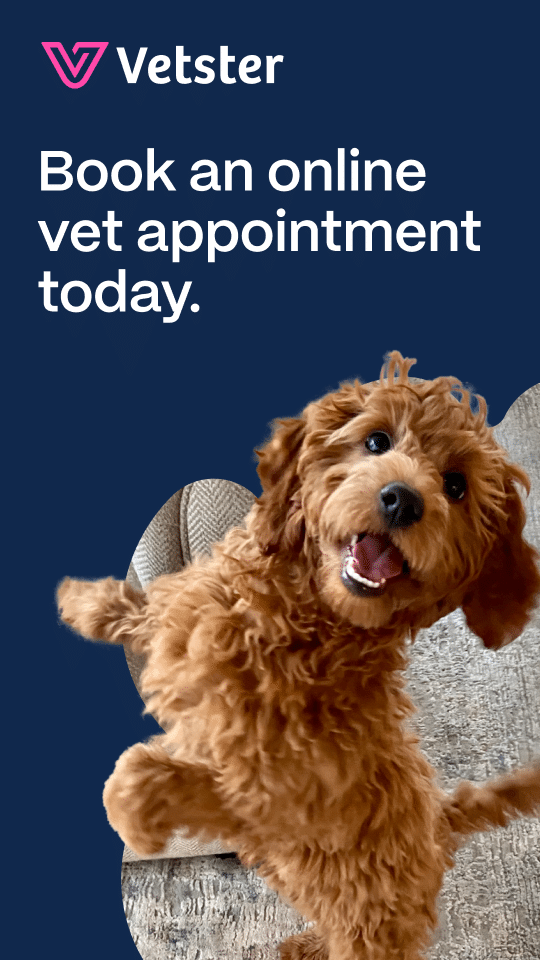

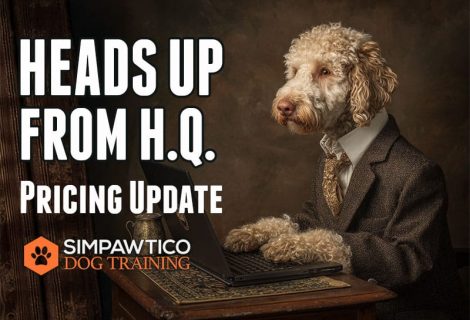
Hello,
I found your article on loose leash training helpful, and wish you could provide more suggestions on how to manage a pup that pulls. Sometimes she walks well, but the more excited she gets, the more she pulls. I’ve tried stopping, as you suggest and turning to the right around in a circle, but those don’t really help. I’ve also tried walking slightly in front of her in such a way as to block her from getting out ahead of me, but that only works if there is no place for her to walk on the other side of her and it’s exhausting for me. In the interest of full disclosure, she walks with her nose to the ground and I think she forgets I’m there.
Thanks,
Suzanne
Hello, this is a good website. I love it. Please notify me when you have more update.